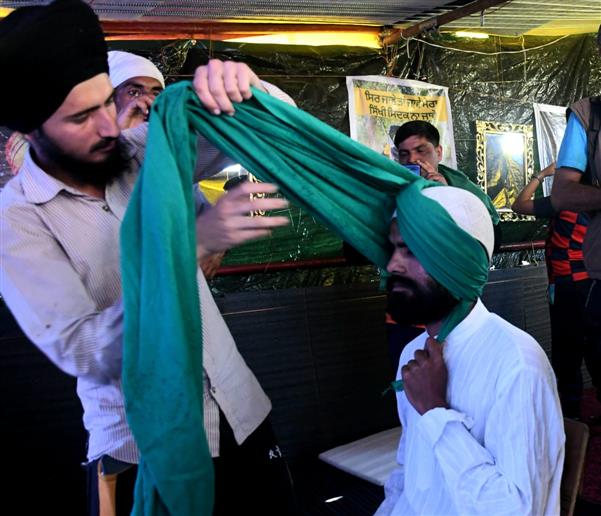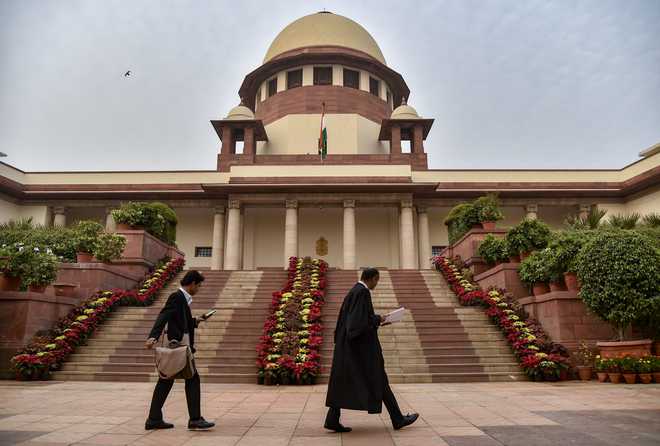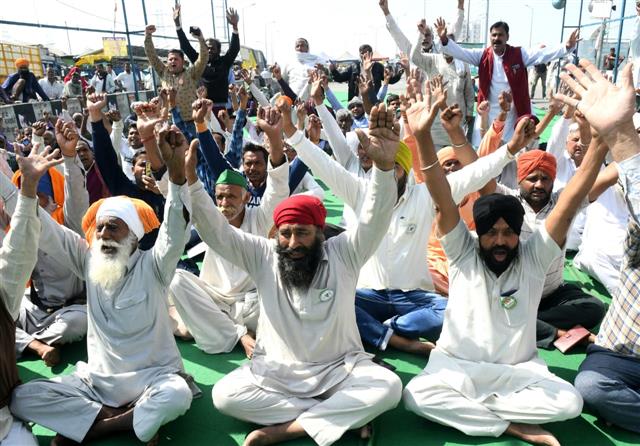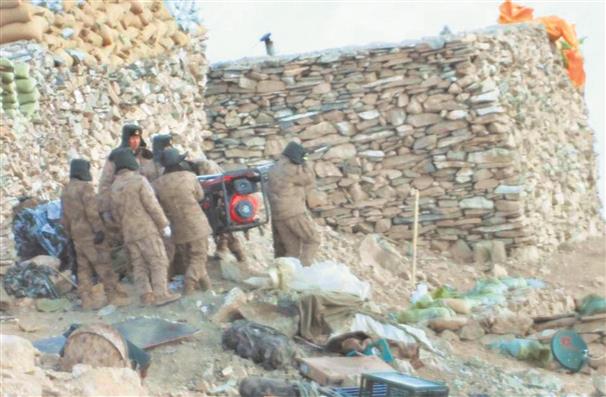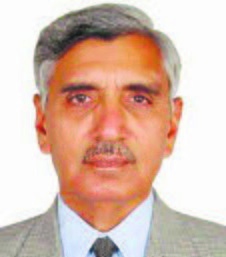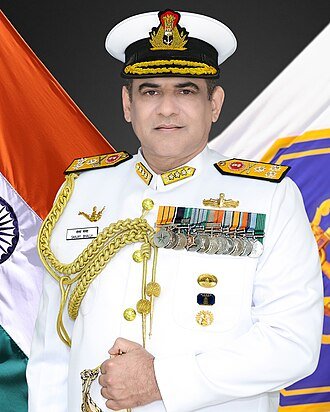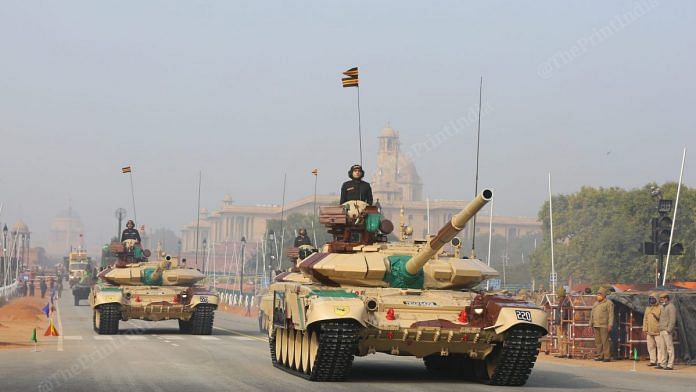
New Delhi: The Union Defence Ministry has decided to earmark around 64 per cent of its modernisation funds under the capital acquisition budget for 2021-22 — a sum of over Rs 70,000 crore — for purchases from the domestic sector.
This marks an increase from 2020-21, when a capital budget allocation for domestic vendors was first made. At 58 per cent, this came to an amount of Rs 52,000 crore.
The announcement for 2021-22 was made Monday by Union Defence Minister Rajnath Singh at a seminar on defence budget organised by the Society of Indian Defence Manufacturers (SIDM), an association representing domestic industry players. It is part of the Modi government’s larger push to make India — currently the world’s second biggest arms importer — self-reliant in the field of defence.
In his address, Singh also spoke about widening the ‘negative import list’, which lists items that India seeks to stop buying from other countries. In 2020, the government listed 101 items — including weapons systems and assault rifles — and specified an indicative date by which the import embargo will kick in for each of them.
Singh said discussions are underway on including certain spares in the list.
Announcing the increase in allocation for purchases from domestic defence vendors, Singh said “it will have a positive impact on enhanced domestic procurement, having a multiplier effect on our industries including MSMEs and start-ups … and also increase employment in the defence sector”.
Experts in the field say the decision is a welcome step towards encouraging Atmanirbhar Bharat (self-reliant India) and ‘Make in India’ — the Modi government’s mission to boost local manufacturing. However, they add, its success is something that will only be known with time.
Also read: 7 big-ticket ‘Make in India’ defence projects that have failed to get off the ground
A Make-in-India push
Under the Atmanirbhar Bharat campaign, the defence sector has been identified as one of the core areas to boost ‘Make in India’.
Big-ticket defence projects currently being pursued under Make in India include the Light Combat Aircraft Tejas (83 of which have been ordered), transport aircraft C-295 (to be manufactured by Tata-Airbus, deal with the government in final stages), and the AK-203 rifles (to be made in India as part of a joint venture between the Ordnance Factory Board, Kalashnikov Concern, and Rosoboronexport, the Russian state agency for military exports.).
In 2021-22, the Army has been allocated a capital outlay — for acquisitions, repair, etc — of Rs 36,000 crore, the Navy Rs 33,000 crore, and the IAF Rs 58,000 crore.
The 64 per cent allocation for domestic vendors in 2021-22 means the import legroom has shrunk to 36 per cent. According to government sources, the three defence services were asked to arrive at a ratio of planned procurements from the domestic and global sectors before finalising this figure.
Rajnath Singh Monday said that the defence ministry also plans to channelise about Rs 1,000 crore in 2021-22 for procurement from iDEX, a defence ministry initiative to encourage start-ups.
The government’s push to promote indigenous defence equipment is evident in the Defence Acquisition Procedure 2020, which prioritises capital acquisitions from domestic players over foreign ones.
Earlier this month, the 15th finance commission advised the government to devise a road map to reduce India’s dependence on defence imports while enhancing indigenous production at a faster rate.
On Monday, PM Modi said the government has taken several initiatives like de-licensing, de-regulation, export promotion, and foreign investment liberalisation, to give the defence manufacturing sector a boost.
India, he added, should look at achieving defence-related exports to the tune of Rs 35,000 crore to become a net exporter of defence equipment in the next five years.
Also read: Dassault Aviation eyes Made-in-India Rafale, looks to raise investment in country
How decision is likely to pan out
Talking to ThePrint, a senior services officer said the decision to increase fund allocation for domestic procurement is a good move to boost the Indian defence sector.
“However, the actual expenditure on domestic procurements from the capital budget set aside for the purpose would be clear only when the expenditure estimates come at the end of the financial year,” the officer said. “That would determine the success of the move.”
Another officer said the way forward would mean targeted earmarking of funds for the domestic sector.
“Expenditure and utilisation will also depend on the absorption capacity of the domestic defence industry,” the officer added. The move, the officer said, “will also enhance investment sentiments in the domestic defence industry”.
Brigadier Ashis Bhattachayya (retd), a senior adviser at SIDM, said the benefits of a high capital allocation for the domestic defence sector are “colossal” because the entire “industrial base gets a chance to mature”.
“This is most important for an Atmanirbhar Bharat … to develop the ecosystem. We were behind schedule on that front,” he said.
“Earlier, it was 70 per cent for foreign sellers, which went down to 65 per cent. It is indeed a big boost to the defence industry when you turn the figure around,” he added. “That is because the entire ecosystem gets a chance to service this demand placed on platform makers,” he said.
Also read: India’s defence needs money. If Budget can’t provide it, we need to change how we fight









